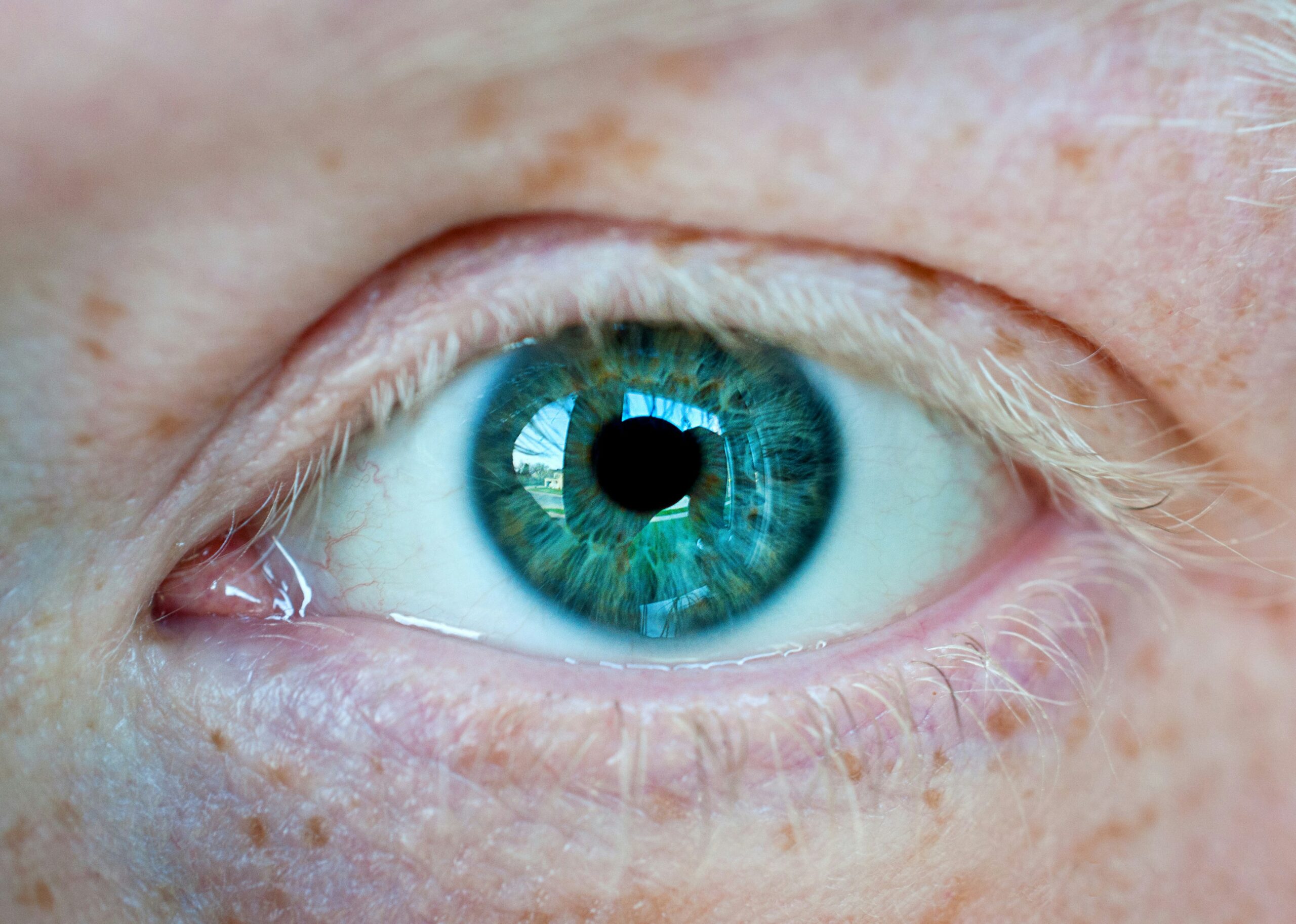
Refractive cataract surgery is an advanced medical approach that addresses two vision challenges in a single procedure: the removal of cataracts and the correction of refractive errors such as nearsightedness, farsightedness, and astigmatism. Traditional cataract surgery primarily restores functional sight by replacing the clouded lens with a standard artificial lens. While this improves clarity, many patients still rely on glasses or contacts afterward.
With refractive cataract surgery, the process is more precise and comprehensive. Surgeons replace the natural lens not only to remove the cataract but also with a specialized intraocular lens (IOL) designed to sharpen vision and reduce the need for corrective eyewear. This dual benefit has made the procedure increasingly popular among people who want to regain visual clarity and enjoy greater freedom in their daily lives.
Restoring Everyday Clarity
Living with cataracts can feel like looking through a foggy window. Gradually, colors appear muted, lights seem glaring, and routine tasks become increasingly frustrating. After refractive cataract surgery, patients often describe a sense of renewal. They can once again see the crisp edges of text, the vibrant hues of nature, and the finer details of people’s expressions.
This clarity transforms everyday experiences. Driving at night, which can be especially daunting with cataracts due to halos and glare, becomes safer and less stressful. Reading without squinting or adjusting lighting feels natural again. Even leisure activities such as gardening, cooking, or watching television become enjoyable rather than tiring. The return of visual sharpness restores independence and self-confidence, helping patients feel more engaged in their daily lives.
Customized Lens Options for Better Vision
One of the hallmarks of refractive cataract surgery is the ability to personalize treatment. Instead of a standard lens, patients can select from a range of intraocular lenses designed to meet different vision goals. Monofocal lenses provide excellent distance vision, while multifocal or extended depth-of-focus lenses allow patients to see clearly at multiple ranges, minimizing the need for reading glasses. For those with astigmatism, toric lenses precisely correct irregularities in the cornea’s curvature.
This flexibility makes the procedure highly adaptable to different lifestyles. A professional who spends hours on digital devices may prioritize intermediate and near vision, while someone who enjoys outdoor activities might choose lenses optimized for distance clarity. By tailoring lens selection to personal preferences, refractive cataract surgery goes beyond restoring sight—it creates a vision plan suited to each individual’s way of life.
Reducing Dependence on Glasses and Contacts
For decades, people accepted the idea that cataract surgery would restore vision but not eliminate their dependence on corrective eyewear. Refractive cataract surgery challenges this notion. Many patients experience freedom from glasses and contacts, especially for everyday tasks. Even if complete independence is not guaranteed, the reduction in reliance is significant.
This change is more than cosmetic. It brings real convenience to daily living. No longer having to search for misplaced reading glasses or manage the discomfort of contact lenses gives patients a new sense of ease. Travel becomes lighter without cases and cleaning solutions, and exercise is more enjoyable without worrying about glasses slipping or lenses drying out. Over time, these small yet meaningful changes contribute to a more spontaneous and active lifestyle.
Long-Term Benefits and Lasting Results
Unlike temporary solutions, refractive cataract surgery delivers lasting improvements. The artificial lens used in the procedure does not degrade over time, meaning patients do not face the recurrence of cataracts. This permanence is a major reassurance for those who want a long-term answer to both cloudy vision and refractive errors.
Additionally, the enhanced clarity supports better overall health. Clear vision reduces the risk of accidents, particularly falls, which are more common among older adults with poor eyesight. Improved sight also encourages patients to remain socially active, sustaining mental well-being and quality of life. Advances in lens technology continue to refine outcomes, offering even greater precision and durability for future generations of patients.
The Emotional Impact of Clearer Vision
Beyond the physical improvements, refractive cataract surgery has a profound emotional effect. Patients often report a renewed sense of joy in simple moments—seeing the sparkle in a grandchild’s eyes, appreciating the richness of a sunset, or confidently navigating new environments. The ability to fully participate in visual experiences enhances emotional connection and personal satisfaction.
This transformation can also alleviate frustration and dependence. When vision is restored, patients feel more in control of their routines. The relief of not needing constant assistance with visual tasks reduces stress for both individuals and their families. Ultimately, the surgery delivers not just medical results but a profound improvement in overall well-being.
Considering the Procedure
Choosing refractive cataract surgery requires thoughtful consultation with an ophthalmologist. Not every patient may be an ideal candidate, as factors such as eye health, lifestyle, and budget play a role in determining the best approach. However, with a comprehensive eye exam and personalized recommendations, many people discover that the procedure aligns perfectly with their needs.
It is also worth noting that recovery from refractive cataract surgery is typically smooth. Most patients experience rapid improvement in vision within days, with minimal discomfort. Follow-up care ensures the best possible outcome, and modern surgical techniques make complications rare. By understanding both the benefits and the process, patients can make confident decisions about their eye health.